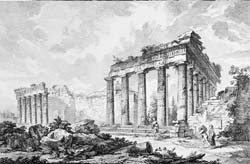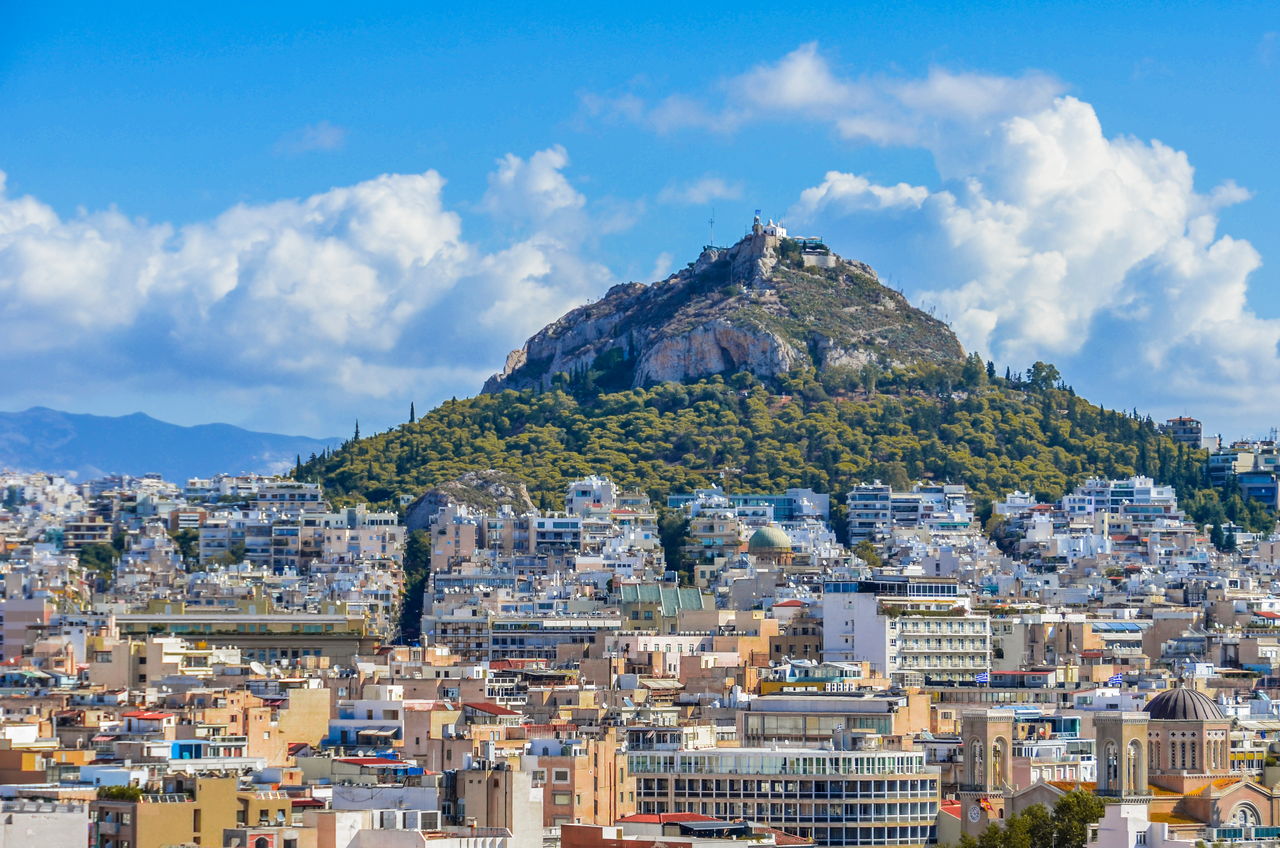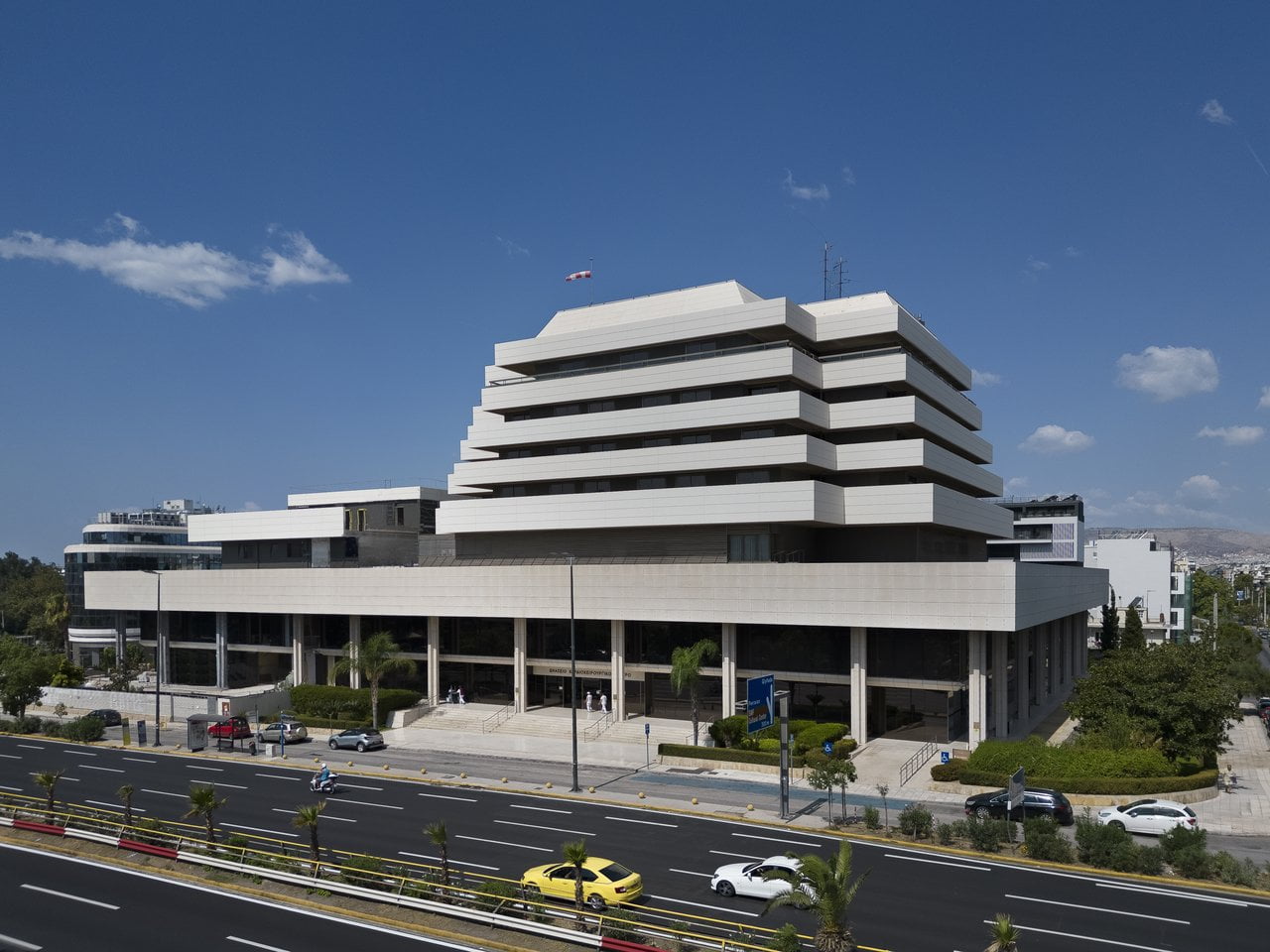10 Popular Neighborhoods in Athens
Athens, the vibrant capital of Greece, is a city that offers a plethora of neighborhoods to explore. Each neighborhood in Athens has its own unique character and charm, making it worth visiting. Whether you’re interested in ancient history, upscale shopping, or embracing local culture, Athens has something for everyone. Here are some popular neighborhoods you should consider adding to your itinerary.
Koukaki and the Acropolis
- 🏛 Acropolis & Koukaki is a trendy Athens area, enriched by the Acropolis Museum and ancient site connections.
- 🚶♂️ The transformed Dionysiou Promenade blends ancient and modern aesthetics.
- 🌄 Areopagus Hill is known for its stunning city views and historical significance.
- 🌳 Philopappou Hill offers picturesque paths and a peek into ancient Athens.
- 💎 Lalaounis Jewellery Museum displays a history of exquisite adornments.
- 🍻 Drakou Street is a bustling hub of bars and cafes, energized by youth and connectivity.
Set against the backdrop of Athens, the Acropolis emerges as a symphony of architectural and historical splendor. Nestled on a rocky outcrop, it unveils an unrivaled panorama of the city’s tapestry. Each ancient edifice, with the Parthenon taking center stage, narrates tales of Greece’s opulent history. As visitors meander through these architectural masterpieces, they traverse epochs, reliving Athens’ illustrious past.
Declared a UNESCO World Heritage Site, the Acropolis is Athens’ treasure trove. Here, monumental structures like the Parthenon, Erechtheion, and the Temple of Athena Nike epitomize the grandeur and ingenuity of ancient Greek architecture, reflecting a civilization of unparalleled sophistication.
Plaka
The neighborhood of Plaka, nestling in the embrace of the Acropolis’ foothills, is a tableau of enchantment and historical grandeur. Its maze of cobbled alleys, framed by vibrant neoclassical houses, unveils a narrative of Athens’ eclectic past where ancient relics, Roman artifacts, and Byzantine churches converge.

The Tower of the Winds and the Lysicrates Monument, sentinel Roman imprints, echo the city’s ancient pulse. Amidst this historical allure, visitors are captivated by the charming houses and sacred sites that adorn Plaka, casting a spell of nostalgia.
Anafiotika
Nestled in the heart of the iconic Plaka neighborhood, Anafiotika unveils itself as a sanctuary of tranquility, a world away from the urban pulse of Athens. With the character of a quaint island village, Anafiotika is a serene enclave amidst the city’s vibrant tableau.
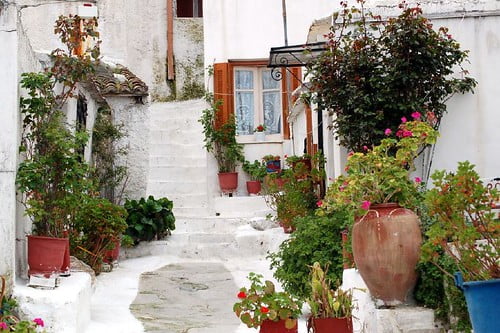
This hidden gem, with its meandering narrow alleys, unfurls a picturesque landscape of pristine whitewashed houses adorned with the ethereal touch of Cycladic architecture. Each turn, each winding path, is an invitation to a journey of sensory discovery, reminiscent of the idyllic Greek isles. The symphony of colors and textures, the harmonious blend of stone and paint, evokes an ambiance of sublime tranquility.
In Anafiotika, time seems to pause, allowing visitors to savor moments of serene reflection amidst the charm of its architectural beauty. The quiet rustling of leaves and the soft echoes of distant city sounds weave a lullaby of peace, where the hurried pace of urban life fades into gentle whispers.
Amidst the energetic vibrance of Plaka, Anafiotika emerges as an oasis of calm, offering solace and reprieve to those seeking refuge from the city’s bustling avenues. It is more than a neighborhood; it’s a soulful retreat, where the echoes of Athens’ illustrious past meld seamlessly with the tranquil whispers of the present, inviting every visitor to a dance of serene enchantment, and to witness a tapestry where the threads of history, architecture, and natural grace are intricately woven into a masterpiece of timeless beauty.
Kolonaki
Kolonaki is the epitome of elegance, hosting a constellation of luxury boutiques and premium establishments. Here, the avenues pulsate with the allure of high fashion, offering a curated selection of both renowned international labels and innovative Greek designers.
Within this lavish setting lies the Benaki Museum, a sanctuary of Greek art and history. Post a shopping spree, the neighborhood’s ambient cafes offer a serene retreat, marking Kolonaki as a haven for the aficionado of luxury and culture.
Kolonaki is known for its modernist architecture, with notable buildings like the Museum of Cycladic Art. This museum houses a remarkable collection of Cycladic and Ancient Greek art, and the building itself is a work of art. Its modern design and sleek lines provide a striking contrast to the surrounding neoclassical buildings.
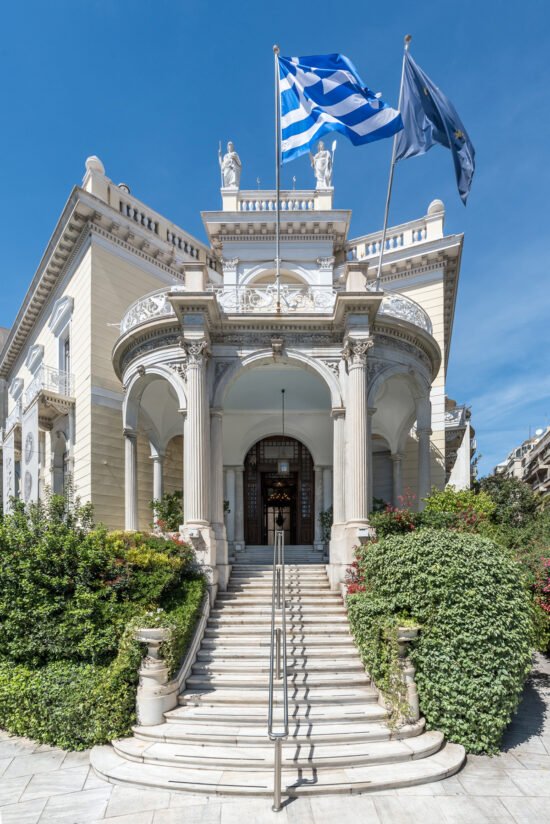
Monastiraki and Thisseio
Monastiraki and Thisseio, adjacent neighborhoods, each boast a unique character. Monastiraki, known for its bustling flea market, eclectic shops, and cafes, is a hub of commerce and tourism. Thisseio, contrastingly, offers a peaceful, residential atmosphere, enriched with parks and archaeological treasures.
Monastiraki is characterized by its lively vibe, with the flea market offering a myriad of treasures from vintage apparel to unique souvenirs, drawing tourists globally. The neighborhood stands as a testament to Athens’ architectural and historical diversity, where ancient ruins meet Ottoman and neoclassical designs.

Thissio, on the other hand, is a haven of tranquility and historical exploration. Preferred by locals, its serene parks and significant archaeological sites, including the Ancient Agora and Temple of Hephaestus, offer a quiet retreat and a glimpse into Athens’ ancient heritage.
- Key attractions in Monastiraki: Flea Market, Monastiraki Square, Tsisdarakis Mosque
- Key attractions in Thisseio: Thisseio Park, Ancient Agora, Temple of Hephaestus, Ancient Kerameikos Cemetery
Psirri
The metamorphosis of Psirri or Psyrri from obscurity to a bastion of artistry is a narrative of Athens’ dynamic evolution. The neighborhood’s walls, adorned with artistic murals, and the resurgence of artisanal workshops mark Psirri as a canvas of creative expression.

With an ambiance echoing bohemian allure, the lanes are dotted with avant-garde galleries, eclectic bars, and culinary havens, presenting an Athens infused with contemporary creativity yet steeped in tradition.
Psirri features a blend of old and new architecture. Renovated buildings house trendy bars and restaurants, while remnants of the neighborhood’s industrial past can still be seen. This fusion of old and new creates a vibrant and dynamic atmosphere, with architectural contrasts that tell the story of the neighborhood’s evolution.

Petralona
Petralona unfolds as an authentic narrative of Athenian life. The aroma of Greek cuisine wafts through the air, as traditional tavernas serve as custodians of culinary heritage. The square in the neighborhood of Petralona pulsates with the energy of local camaraderie, immersing visitors in Athenian conviviality.
This enclave, devoid of pretense, invites guests to indulge in authentic Greek ethos, where hospitality and community converge, echoing the soul of Athens.
Pangrati
Pangrati, an artistic and cultural renaissance, harbors the iconic Panathenaic Stadium, echoing the triumphant roars of the inaugural modern Olympic Games. The Panathenaic Stadium in Athens is a marvel of architecture and history, entirely constructed of white marble. As the venue of the first modern Olympic Games in 1896, it holds a special place in the world of international sports.

The neighborhood, a crucible of classical heritage and contemporary artistry, invites exploration. Art galleries, creative spaces, and eclectic hangouts juxtapose the classical grandeur of the stadium, offering a journey through time. Pangrati embodies the seamless amalgamation of Athens’ historical legacy and its burgeoning contemporary cultural tapestry.
Immersing in the Local Culture of Athens
When exploring Athens, it’s essential to immerse yourself in the local culture to truly experience the city’s vibrant atmosphere. There are several ways you can engage with the locals and embrace the authentic Greek way of life:
- Observe and engage: One of the best ways to understand the local culture is by observing and engaging with the locals. Strike up conversations, ask for recommendations, and learn about their traditions and customs. The Greek people are known for their warm hospitality and genuine desire to share their culture with visitors.
- Try traditional Greek cuisine: Greek cuisine is a reflection of the country’s rich culinary heritage. Indulge in traditional dishes such as moussaka, a layered casserole with eggplant, minced meat, and béchamel sauce. Sample souvlaki, grilled skewers of meat or vegetables served with pita bread and tzatziki. Don’t forget to savor spanakopita, a savory pastry filled with spinach and feta cheese. These dishes are a true representation of Greek culinary traditions. Visit local markets like Varvakios Agora to sample local ingredients and immerse yourself in the vibrant food scene.
- Attend cultural events and festivals: Athens is a city that celebrates its cultural heritage through various events and festivals. A notable event organized by the City of Athens is the Athens City Festival (https://cityfestival.thisisathens.org/), a month-long event open to everyone, locals and tourists alike. It offers a comprehensive lineup of over 200 events and activities that span the realms of culture, entertainment, food, and sports. Attendees can look forward to a diverse array of options including concerts in parks and squares, walking and cycling routes, picnics, guided museum and gallery tours, and open-air film screenings, among others.
- Interact with local artisans: Athens is home to many talented artisans and craftsmen who continue to practice traditional crafts and techniques. Visit their workshops and engage with them to gain insight into their skills and learn about their crafts. Whether it’s pottery, jewelry making, or textile weaving, these hands-on experiences provide a deeper understanding of the local culture and its artistic traditions.
Tips for Exploring Athens on Foot
Exploring Athens on foot is a rewarding and immersive experience. Here are some tips to make the most of your walking adventure:
- Wear comfortable shoes: Athens has cobblestone streets and hilly terrain, so it’s important to wear comfortable shoes that will allow you to navigate the city with ease. Opt for sturdy walking shoes or sneakers that provide support and cushioning.
- Dress appropriately: Consider the weather and dress accordingly. During the hot summer months, wear lightweight, breathable clothing to stay cool and comfortable. Don’t forget to apply sunscreen and wear a hat to protect yourself from the sun. In the cooler months, layer your clothing to adapt to changing temperatures.
- Carry a map or use a navigation app: While exploring Athens, it’s helpful to have a map or use a navigation app to find your way around the neighborhoods and locate key attractions. Familiarize yourself with the city’s layout and plan your routes in advance to make the most efficient use of your time.
- Plan your walks: Athens can get crowded, especially during the peak tourist season. To avoid the midday heat and crowds, plan your walks during the early morning or late afternoon. This way, you’ll have a more pleasant experience exploring the neighborhoods at a leisurely pace and have the opportunity to take in the sights without feeling rushed.
- Utilize public transportation: While walking is a great way to explore Athens, the city also has an efficient public transportation system. If you need to travel longer distances between neighborhoods, consider using buses, trams, or the metro. This will save you time and energy, allowing you to cover more ground and explore the city more extensively.



